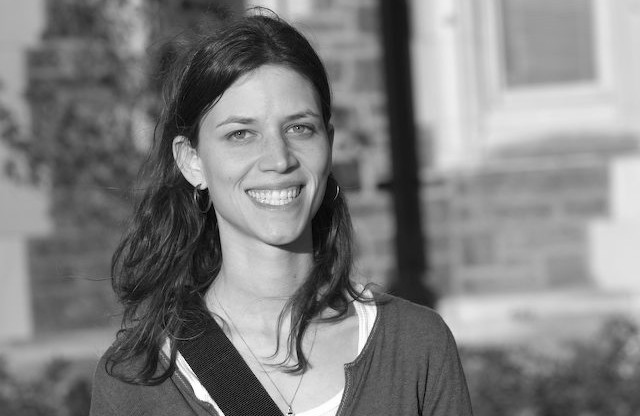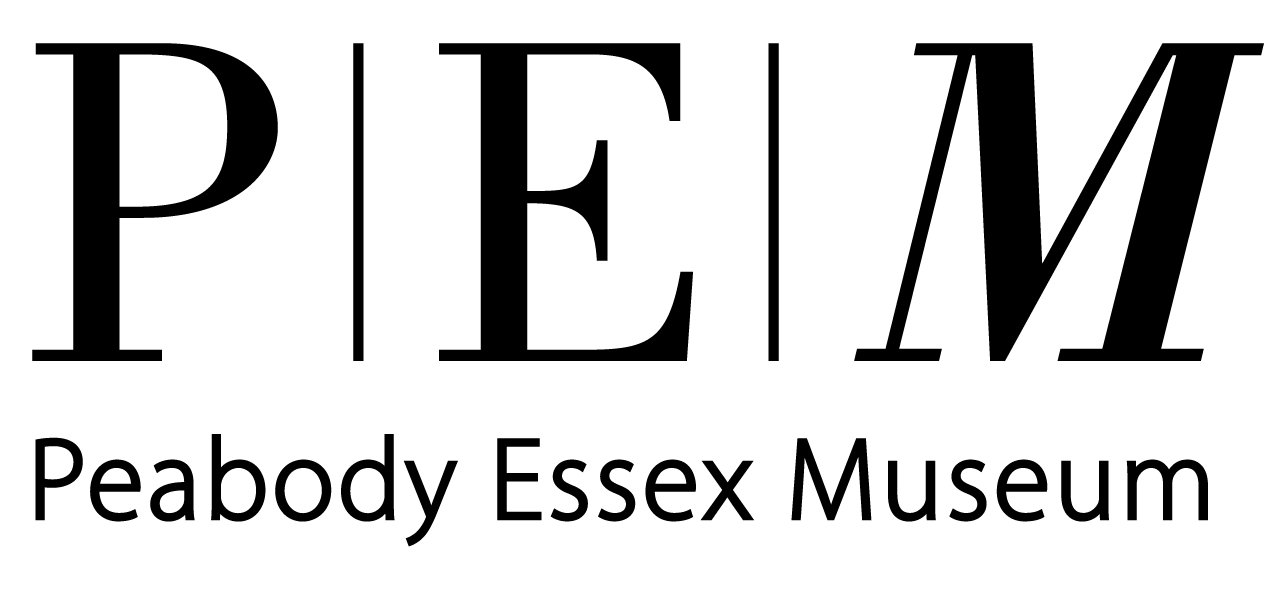
By Olga Nazarenko
“But I mean, they’re impossible, aren't they?” asks John. F Kennedy inquisitively about the press reporting news from the war in Vietnam
.“Terribly difficult. Halberstam and Sheehan are the ones that are just causing a lot of trouble. They’re allowing an idealistic philosophy to color all their writing,” Secretary of Defense Robert McNamara replies to the 35th President of the United States haughtily.
This conversation from October 1963, captured in a declassified White House tape recently released to the JFK Library, is incorporated into the documentary film DATELINE-SAIGON. It illustrates the hardships that reporters faced to honestly depict the truth of what was happening during the Vietnam War, even when the government opposed it.
The film DATELINE-SAIGON, produced and directed by Thomas Herman, chronicles the stories of five young Pulitzer-Prize winning journalists who challenged the status quo in media and went against the grain —and government, by honestly reporting the war in Vietnam. The five men represented in the film include David Halberstam, Neil Sheehan, Malcolm Browne, Peter Arnett, and Horst Faas.
David Halberstam was a 29-year-old reporter covering stories on the civil rights struggle in Mississippi when the New York Times offered him the job as Saigon correspondent. As a man who desired a ticket to history by being in the center of action, he jumped on the opportunity. Neil Sheehan, who was in his mid-20s, was the youngest of the five journalists featured in the film DATELINE-SAIGON. He was sent to Saigon within weeks of joining United Press International. Although originally planning to be a chemist, Malcolm Browne switched careers to journalism after being assigned to write articles while serving in the U.S. Army in Korea. At the age of 30 he was recruited to join the Saigon Associated Press office from Baltimore, where he had been working as a desk reporter. Originally from New Zealand, Peter Arnett worked in Southeast Asia as a freelance journalist before being hired at the age of 28 by Associated Press in Saigon. In 1962 when the United States began to intensify their involvement in the war, Berlin born photographer Horst Faas joined the Associated Press's Saigon team as chief photographer. DATELINE-SAIGON vividly narrates the passion and dedication that fueled these five journalists to endanger their lives to report the facts during the early years of the Vietnam War.
At the beginning of the war, many questioned America's involvement in the land of elephants and tigers, Vietnam. The premise of the war depended on the domino theory: if South Vietnam fell to communism, the entire region of Southeast Asia would be sure to follow. Then America would have no option but to fight communism closer to home, on American land in Hawaii or California. At the beginning of the war, a black and white mentality cornered John F. Kennedy into denying a United States involvement in combat in Vietnam. However, the journalists could see that this was clearly not the case. They reported the truth, often choosing to follow American generals and troops straight into the gunfire-filled rice paddies of Saigon to get the full scoop on the story.
The five journalists confronted dangers unflinchingly and were subjected to such terrors as threats of being fired, a ban on correspondence initiated by government officials, censorship and oppression by the United States government, beatings by the Saigon government's secret police, and even near death experiences at sites of warfare.
“David Halberstam’s running the most political campaign. Every sentence there is an effort that causes us to do something,” exasperates John F. Kennedy in a declassified audio excerpt from August 1963.
Assistant Secretary of State, Roger Hilsman, zealously replies in the taped conversation, “Halberstam is the one correspondent that is in, that fears for his own personal safety, as well he might.”
Halberstam, Sheehan, Browne, Arnett, and Faas stuck to their convictions and were ready to die to report the truth. Their legacy and contributions to American history continue to live on as present-day journalists, news reporters, radio and television correspondents, and historians pick up where they left off in the fight for freedom of speech.
Thomas Herman on the making ofDATELINE-SAIGON:
Thomas D. Herman is a Boston-based filmmaker, as well as a practicing lawyer. According to Herman, he practices law to fund his bad habits (making films). Herman was the Co-Producer of the Emmy-award winning feature film Life From Baghdad starring Michael Keaton and Helena Bonham-Carter. Herman spent twelve years researching, documenting, filming, interviewing, and bonding with over 50 reporters, photojournalists, radio and television correspondents, historians, and government officials to create the film DATELINE-SAIGON Herman speaks with Salem Film Fest's Olga Nazarenko about the making of DATELINE-SAIGON.ON: What sparked your interest in creating DATELINE-SAIGON?
TH: I first became aware of the controversy surrounding reporters in the Vietnam War after reading David Halberstam's groundbreaking book, The Best and the Brightest. Some reporters take it as the bible; they ask themselves "What Would Halberstam Do"? In 2000, I was a CNN field producer in Vietnam covering a story on the anniversary of the end of the war. I met a number of journalists that had covered the war and listened to their compelling stories. I set out to interview as many reporters, radio correspondences, and historians as possible. Captivating stories from the most important chapters in American history emerged, this one included.
ON: What was your biggest challenge while making DATELINE-SAIGON?
TH: This film took more than ten years to make. We had to stop periodically to make more money for the film, and finding time to make the film was difficult, since I had a day job. Another major challenge was maintaining a rigorous focus on the story of these five men, which was challenging because there had been so many courageous men and women sacrificing their safety and their lives to report on the Vietnam War. It was difficult not to veer off and create side stories. I had a very disciplined Editor.
ON: How did you become interested in historical documentary films?
TH: Before studying law, I spent three years in graduate school for history. I love history and story telling. I'm a lover of character-driven films. This film, DATELINE-SAIGON, is not a history channel film. It's dynamic. It's based on those five characters and their crises of conscience during the Vietnam War. Throughout the film, the five reporters progress and dynamically change as the war progresses and these five men make a direct impact on the war itself.
ON: DATELINE-SAIGON elucidates the themes of censorship and freedom of speech through the lens of five journalists in the Vietnam War era. How do you think the challenges that the protagonists faced during the war parallel the obstacles in freedom of speech that today's journalists, as well as the general public, face in our current political climate?
TH: All of us in our lives feel some pressure to adhere to the opinions and conclusions of others, whether it be family, friends, or teachers. It’s essential to stand up for what we believe in. That is a lesson that resonates throughout this film.
The story of these young men was largely unknown. These journalists arrived in Vietnam as inexperienced, patriotic, children of the Cold War with expectations that they would be writing positive, favorable reports on the American involvement in the war. Once the five journalists saw that what was really happening in Vietnam was at odds with what the government was conveying to the American public, they stuck to their beliefs and reported critically.
At the end of the day, these men were proven to be right; however, it was a number of years before people realized these journalists were documenting the truth and they faced extensive criticism up to that point.
Following the government’s backlash at honest reporting during the Vietnam era, there are barriers to obtaining information in the present day. At one time reporters could go anywhere they wanted to. There was little censorship. Conflicts between the government and media involvement following the Vietnam War resulted in reporters being cut off. One of the biggest challenges that journalists face today is the government silencing reporters and even discrediting reporters.
Press freedom is not a given right. It is a continuous struggle. Freedoms are precious. The truth is not just a point of view. It does not adhere to those that are the most powerful or those shouting the loudest. When creating this film, I felt a responsibility to all five journalists to tell the story as truthfully as I could. These men risked their lives to report the facts so I do feel a responsibility to gather all of the evidence. This has guided me through the entire filmmaking process.
DATELINE-SAIGON screens Monday, March 6th at 8PM at CinemaSalem.







